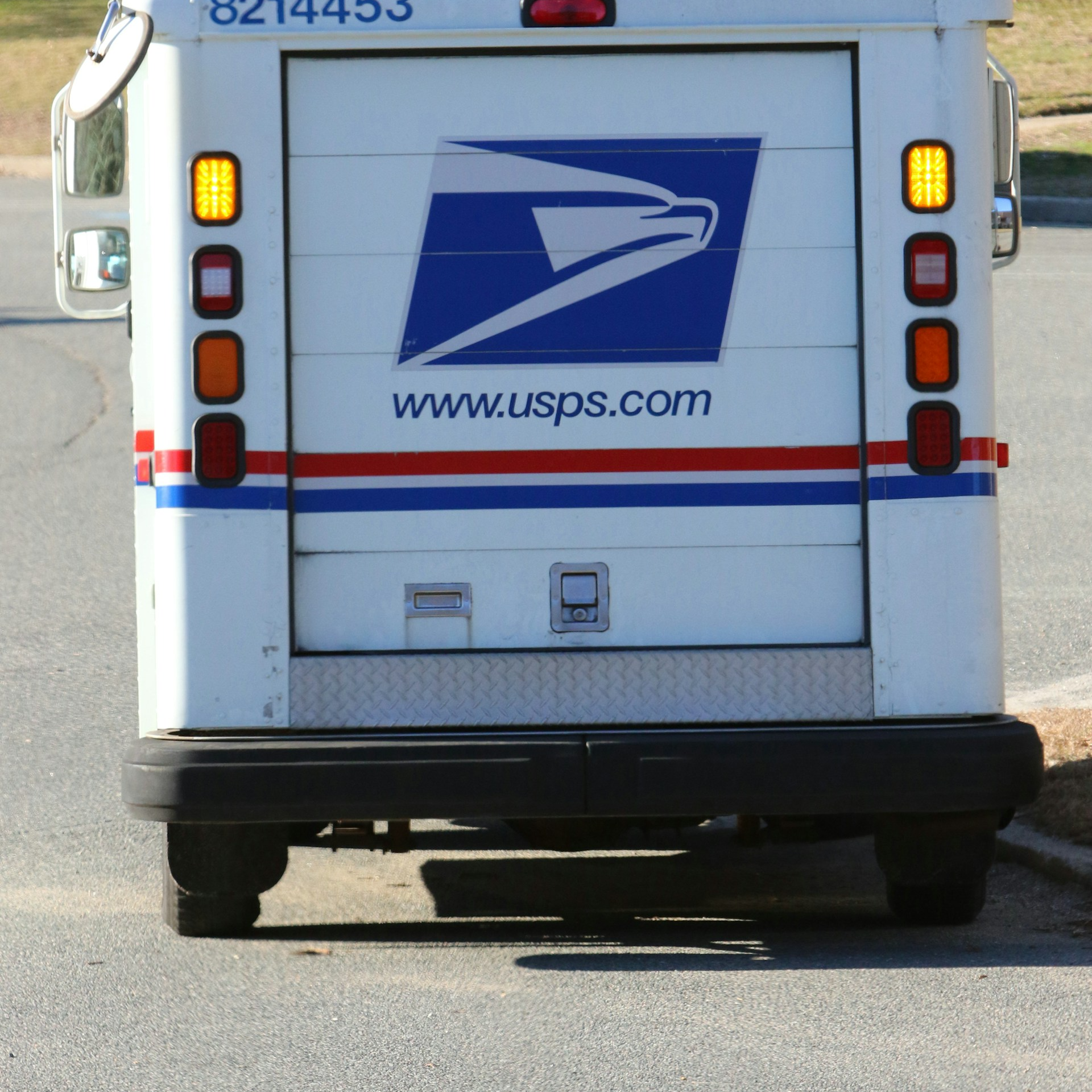Key Takeaways
-
The Postal Service Health Benefits (PSHB) program ensures comprehensive health coverage tailored to the needs of postal employees, retirees, and their families, providing protection and peace of mind.
-
By understanding what PSHB covers and how it works, you can make informed choices to maximize your health benefits and minimize out-of-pocket expenses.
A Closer Look at PSHB Coverage
The Postal Service Health Benefits (PSHB) program is designed with you in mind, ensuring access to a wide range of health services for you and your family. Whether you’re currently employed, retired, or transitioning, PSHB provides the essential benefits to keep you protected and secure.
Comprehensive Medical Coverage
PSHB covers a broad spectrum of medical services to meet your healthcare needs. These include:
-
Preventive Care: Routine checkups, screenings, and vaccinations to help you stay healthy and catch potential issues early.
-
Primary and Specialist Visits: Coverage for appointments with your primary care physician and specialists when specific medical expertise is needed.
-
Emergency Services: Protection for unexpected situations, whether at home or traveling.
-
Hospital Stays: Coverage for inpatient services, including surgeries, maternity care, and post-operative care.
Prescription Drug Benefits
PSHB integrates prescription drug coverage into its plans, ensuring access to essential medications without significant financial strain. You’ll have:
-
Generic and Brand-Name Options: Affordable access to medications, including generic alternatives to save on costs.
-
Pharmacy Networks: A wide range of in-network pharmacies for convenient prescription fulfillment.
-
Specialty Drugs: Coverage for medications used to treat chronic or complex conditions.
Vision and Dental Benefits
You and your family’s health go beyond routine medical care. PSHB includes options for dental and vision coverage, allowing you to:
-
Maintain Oral Health: Regular cleanings, X-rays, and necessary treatments like fillings or crowns.
-
Protect Eye Health: Eye exams, prescription glasses, and contact lenses to ensure clear vision and overall eye health.
Supporting Your Mental Health
Your mental health matters, and PSHB recognizes its importance in overall well-being. Mental health services include:
-
Counseling and Therapy: Access to licensed mental health professionals for individual or family sessions.
-
Substance Use Treatment: Support for overcoming addiction, including inpatient and outpatient care options.
-
Behavioral Health Programs: Resources to help you manage stress, anxiety, and other challenges.
How PSHB Protects Your Family
Your family’s health is just as important as your own, and PSHB is structured to provide the coverage they need to thrive. Family coverage extends to:
-
Dependents: Children under 26 years old are eligible for coverage.
-
Spouses: Full access to medical, dental, vision, and prescription benefits.
-
Special Circumstances: In cases of disability or other qualifying events, additional provisions may apply to extend coverage.
Cost Protections Built into PSHB
Healthcare expenses can add up quickly, but PSHB’s cost-sharing features are there to keep your costs manageable. Here’s how it works:
Deductibles and Out-of-Pocket Limits
-
In-Network Deductibles: These vary depending on your plan but remain competitive to ensure affordability.
-
Out-of-Pocket Maximums: Annual caps on what you pay for covered services, protecting you from excessive costs. For 2025, the out-of-pocket maximums are $7,500 for Self Only coverage and $15,000 for Self Plus One or Self and Family plans.
Coinsurance and Copayments
-
Coinsurance: A percentage you’ll pay for certain services after meeting your deductible, such as specialist visits or hospital care.
-
Copayments: Fixed amounts for services like primary care visits, urgent care, and prescription drugs.
The Role of Medicare for Retirees
If you’re a retiree, PSHB coordinates seamlessly with Medicare to provide robust coverage. Here’s how they work together:
-
Primary and Secondary Coverage: Medicare serves as your primary payer, while PSHB acts as secondary coverage to fill gaps.
-
Prescription Drug Integration: PSHB plans automatically include Medicare Part D coverage, ensuring you’re protected from high out-of-pocket drug costs.
-
Waived Deductibles: Many PSHB plans reduce or waive deductibles for retirees enrolled in Medicare.
Enrollment Periods and Eligibility
Understanding enrollment timelines is critical to maintaining your PSHB benefits:
Open Season
Each year, Open Season runs from mid-November to mid-December, allowing you to:
-
Enroll in a new plan.
-
Make changes to your current coverage.
-
Add eligible family members to your plan.
Special Enrollment Periods (SEPs)
Certain life events, such as marriage, childbirth, or retirement, qualify you for an SEP to adjust your coverage outside of Open Season.
Automatic Enrollment
If you’re already enrolled in an FEHB plan and eligible for PSHB, your transition to PSHB will be automatic. However, it’s always a good idea to review your options to ensure the best fit.
Additional Perks of PSHB Plans
PSHB plans often include supplemental benefits that go beyond basic healthcare. These features add value and convenience to your coverage:
-
Telehealth Services: Access virtual doctor visits for common ailments, saving you time and hassle.
-
Wellness Programs: Incentives for maintaining a healthy lifestyle, such as gym memberships or smoking cessation programs.
-
Chronic Condition Support: Resources to help manage long-term health conditions like diabetes or heart disease.
-
Health Savings Tools: Some plans offer features like Flexible Spending Accounts (FSAs) to offset healthcare costs.
Maximizing Your PSHB Benefits
To get the most out of your PSHB coverage, keep these tips in mind:
-
Choose In-Network Providers: Sticking to in-network doctors and facilities saves you money on out-of-pocket costs.
-
Review Your Plan Annually: Needs change over time, so it’s worth checking if your current plan is still the best option.
-
Take Advantage of Preventive Care: Use covered screenings and vaccinations to stay ahead of potential health issues.
-
Utilize Telehealth: For non-emergency concerns, virtual visits can save time and money.
-
Coordinate with Medicare: If you’re eligible, Medicare can significantly reduce your healthcare costs when paired with PSHB.
Why PSHB Matters for You
PSHB isn’t just about providing healthcare coverage—it’s about protecting your well-being and financial stability. Whether you’re navigating life as a postal employee, planning for retirement, or supporting your family, PSHB ensures that your health needs are met with care and precision. With features like mental health support, prescription drug coverage, and robust family options, you can trust PSHB to have your back every step of the way.











